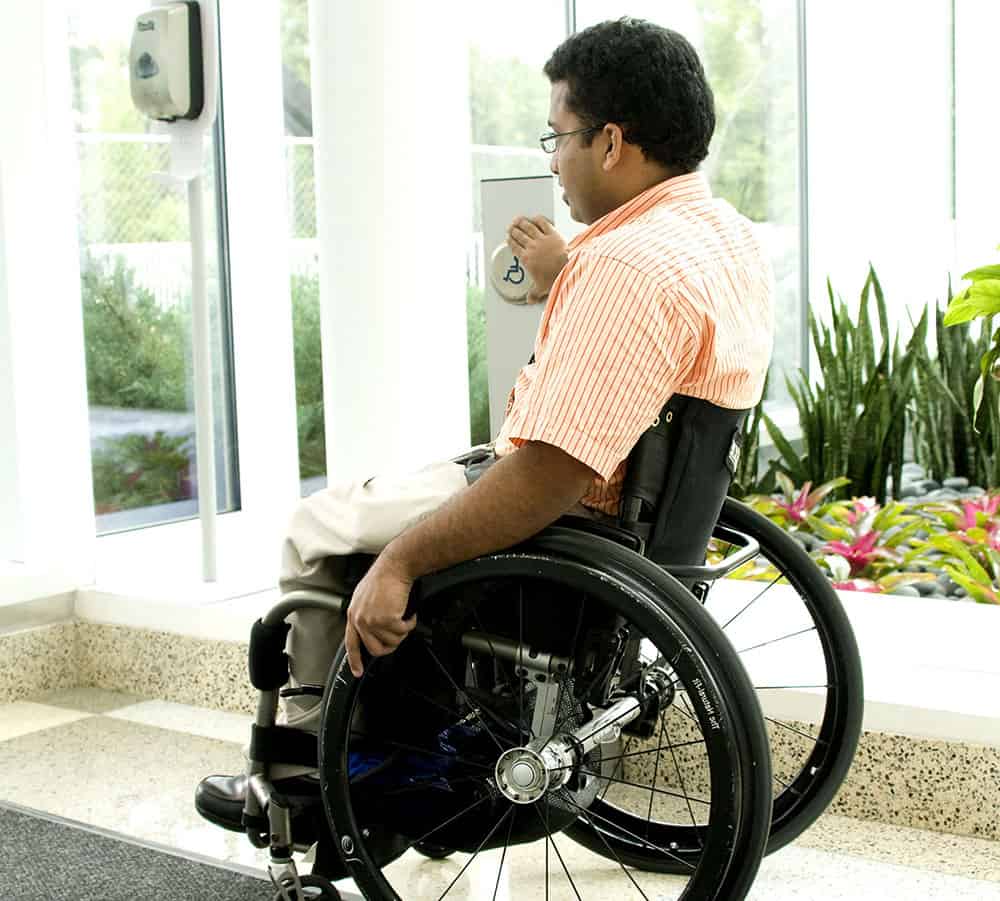WHO launches progress indicators to measure access to assistive technology

The World Health Organization (WHO) has developed progress indicators to measure access to assistive technology.
In May 2018, the 71st World Health Assembly adopted a resolution on improving access to assistive technology (resolution WHA71.8). It urges all Member States to take actions to improve access to assistive technology and requests WHO to develop a Global Report on Assistive Technology based on the best available scientific evidence and international experience.
Over 35 Member States made statements on the vital importance of assistive products, such as wheelchairs, hearing aids, walking frames, reading glasses and prosthetic limbs. These products enable people with difficulties in functioning to live productive and dignified lives, participating in education, work and social life.
Now, WHO has developed the WHA71.8 Progress Indicators for access to assistive technology to collect high-level information from all Member States to track and measure progress in achieving the resolution.
These indicators monitor the status of assistive technology access across 10 specific areas reported in resolution WHA71.8: legislation, population and geographic coverage, budget, responsible ministries, human resources, education and training, financial coverage, regulations and standards, and specific assistive technology initiatives.
Each Member State will nominate nominates a focal point who will coordinate the data collection in the country, reporting against the 10 progress indicators. The focal point will receive individual access to the online data collection platform where data will be inputted. Member States will also have the option to provide data using a paper-based version of the progress indicators, if necessary.
Data will be collected between April and June 2021. It will be reported in the Global Report on Assistive Technology presented at the Seventy-fifth World Health Assembly in 2022.
These indicators come as WHO notes that one billion people worldwide need assistive technology but only 10 percent have access to this life-changing technology. According to the organisation, one of the biggest barriers to accessing assistive technology is a lack of data.
“Without relevant, quality information, decisionmakers face huge challenges in developing evidence-informed policies and programmes to improve access for their populations,” WHO states.
To help gather this quality information, the progress indicators will help countries track and measure access to assistive technology.
Recently, WHO produced an important guide on assistive technology specifications and how to use devices. Aimed primarily at procurement teams, the comprehensive guide includes specifications for 26 prioritised assistive products and describes the minimum quality requirements for manufacturing.
It also includes great detail for procurement teams on how to choose the right assistive technology products to meet users’ needs, covering areas like ensuring successful service provision, ensuring quality and safety, and design requirements.

